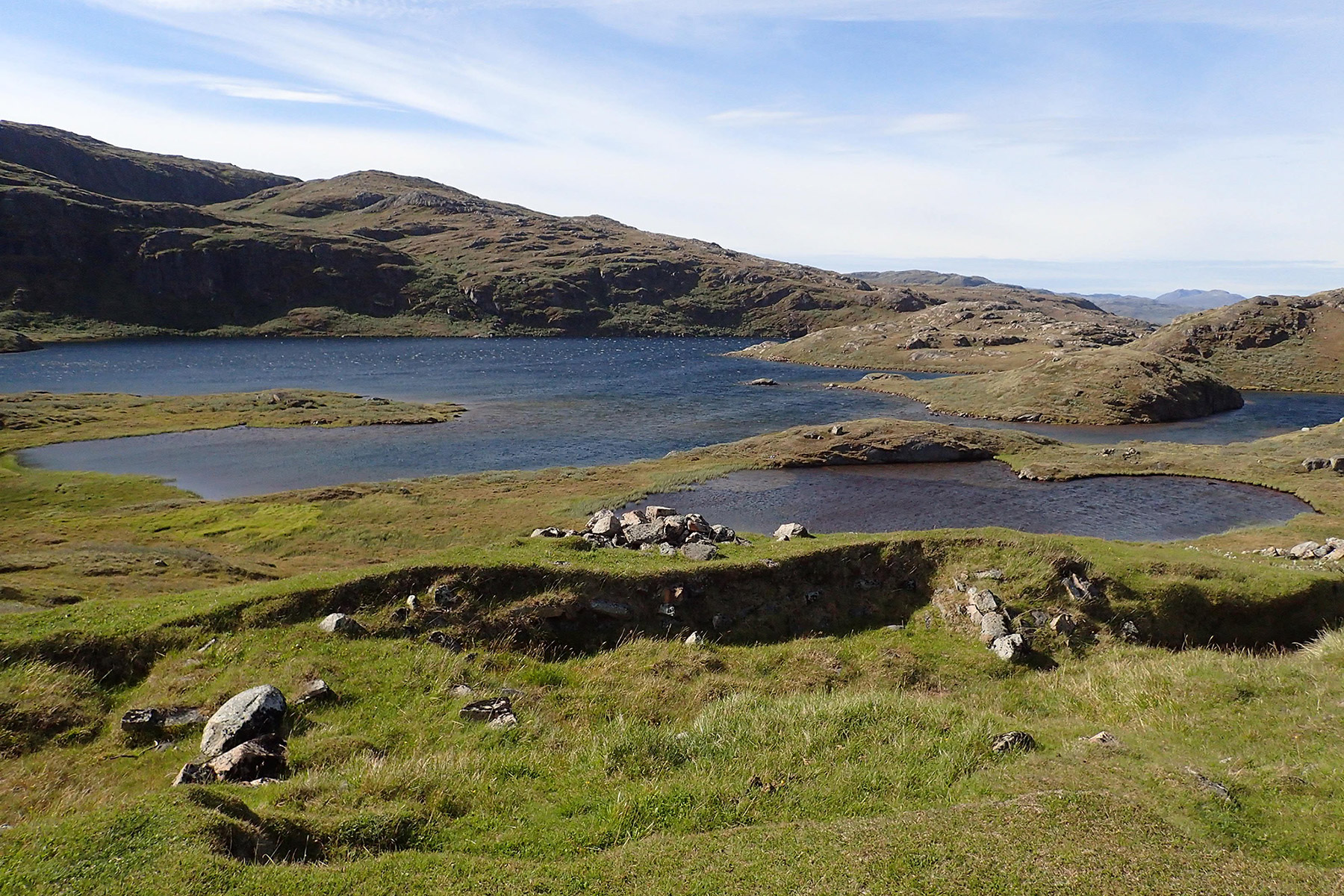Palaeolimnology
The Palaeolimnology group investigates lake and peat sedimentary archives in search for traces of early human impacts.
Humans started to modify the Planet long before the Industrial Revolution. The transition from hunter-gatherer to agro-pastoralism led to dramatic changes in the Earth Surface. However, it can be difficult to assess early human impacts such as soil erosion, since the soil has vanished.

The group led by Dr. Nathalie Dubois uses depositional basins such as lakes and peatlands in search for eroded soil and other evidences of early human activities. The researchers employ a multi-proxy approach, analysing a series of geophysical, geochemical and palaeoecological indicators within the sediments. Our interdisciplinary investigations involve gathering additional information from historical and/or archaeological sources.
The key tools employed are biomarkers: fossil molecules originating from a specific source. We look for biomarkers of plants introduced and cultivated by humans, as well as for faecal biomarkers, which reflect pastoral activities. In addition, we also investigate the radiocarbon age of some of these biomarkers to reconstruct their residence time in soils. This provides complementary estimates of soil erosion.
The Palaeolimnology group is interconnected with the Sedimentology group at Eawag.
Contact
Lehre Erd- und Planetenwissensch.
Sonneggstrasse 5
8092
Zürich
Switzerland